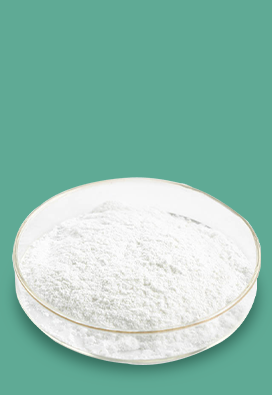
Des . 16, 2024 09:25 Back to list
Understanding Feline Enteritis in China and Its Impact on Cat Health and Care
Understanding Feline Enteritis A Comprehensive Overview
Feline enteritis, commonly referred to as feline panleukopenia, is a highly contagious viral disease that affects domestic cats and wild felids. This condition is primarily caused by the feline parvovirus, which attacks rapidly dividing cells in the body, particularly those found in the intestines, bone marrow, and lymphoid tissues. This article aims to provide a detailed understanding of feline enteritis, its symptoms, transmission, prevention, and treatment.
Symptoms of Feline Enteritis
The clinical manifestations of feline enteritis can vary depending on the age and health status of the cat. However, the most common symptoms include
- Vomiting Infected cats typically experience severe vomiting, which can lead to dehydration. - Diarrhea The diarrhea often has a foul odor and may contain blood. - Anorexia Affected cats tend to lose their appetite, which further contributes to weight loss and weakness. - Fever An elevated body temperature is common as the body attempts to fight off the infection. - Lethargy Kittens and adult cats may become overly lethargic, preferring to lie still and show little interest in their surroundings. - Dehydration Due to vomiting and diarrhea, dehydration is a significant concern, especially in young animals.
The initial signs may occur within 3-7 days after exposure to the virus. In severe cases, the disease can lead to sudden death, particularly in young kittens who are more susceptible.
Transmission of the Virus
Feline enteritis is primarily spread through direct contact with an infected cat's bodily fluids, such as saliva, urine, and feces. The virus is highly resilient, able to survive in the environment for long periods, making contamination of surfaces, food, and water a significant risk, especially in shelters, catteries, and multi-cat households. Kittens are particularly vulnerable as they usually acquire protection from their mother’s milk; however, if they are not properly vaccinated, they are at high risk of contracting the disease.
china feline enteritis

Prevention
Preventing feline enteritis hinges on proper vaccination and hygiene practices. The core vaccine for cats includes the feline panleukopenia virus vaccine, which is typically administered in a series starting at around six to eight weeks of age, with booster shots throughout the cat’s life. Regular health check-ups and maintaining a clean environment can also reduce the risk of infection. It’s essential to disinfect any areas where an infected cat has been, as the virus can persist in the environment for months.
Treatment Options
Once a cat is infected with feline enteritis, treatment is primarily supportive. There is no specific antiviral treatment available for panleukopenia; therefore, therapy focuses on alleviating symptoms and managing complications. Key treatment methods include
- Fluid Therapy To combat dehydration caused by vomiting and diarrhea, intravenous fluids may be necessary to restore hydration and electrolyte balance. - Anti-emetics Medications may be prescribed to reduce vomiting and help the cat maintain food and water intake. - Antibiotics These may be administered to prevent or treat secondary bacterial infections that can arise due to a compromised immune system. - Nutritional Support In some cases, feeding tubes may be necessary to ensure that the cat receives adequate nutrition.
The prognosis of infected cats varies. Kittens that do not receive prompt veterinary care have a significantly higher mortality rate compared to adult cats. With timely and comprehensive treatment, many infected cats can recover, although they may remain carriers of the virus.
Conclusion
Feline enteritis remains a critical health concern for cat owners and veterinarians alike. Understanding the nature of the disease, its transmission, and effective prevention methods can significantly mitigate its impact. Vaccination and proper care are vital in protecting cats from this potentially deadly disease, ensuring a long, healthy life for our feline companions.
-
China Salivation AI with GPT-4 Turbo Features
NewsAug.01,2025
-
Epic Sepsis Factories: AI-Driven Detection with GPT-4 Turbo
NewsJul.31,2025
-
Acute Salpingitis and Oophoritis AI Factory
NewsJul.31,2025
-
Premium China Bacillus Subtilis Supplier & Factory Solutions
NewsJul.30,2025
-
Premium Avermectin Supplier in China | Custom Solutions Available
NewsJul.29,2025
-
China Bacillus Subtilis Supplier - Custom Factory Solutions
NewsJul.29,2025




